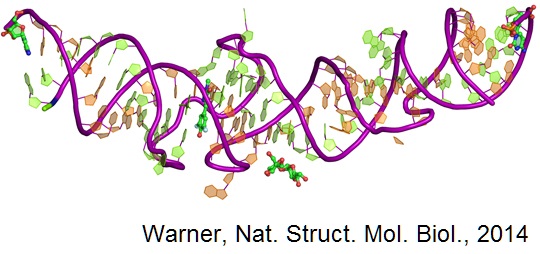
Presenter: Donald H. Burke/David Porciani, University of Missouri, USA
Date: July 25, 2019
Description:
Currently, effective cell-targeted delivery tools for oligonucleotide therapeutics are limited. Aptamers that internalize into target cells have been shown to deliver a wide variety of nucleic acid therapeutics, from siRNAs (<15 kDa, 19-21 nt/strand) to large, functional RNA payloads (50-80 kDa, 175-250 nt). In this webinar we will discuss the options for linking aptamers to the therapeutic nucleic acid, what to watch out for during this process and how to best confirm specific targeting.
Recording of the Webinar: Click Play to View
Presenter Biography

David Porciani, University of Missouri, USA
David Porciani, PhD, is a Post-Doc with Prof. Burke at the University of Missouri School of Medicine. His scientific interests have focused on the selective recognition of tumor cell-surface markers, aiming to discriminate malignant cells from healthy cells. He gained his PhD in the development of aptamer nanocarriers as tools for targeted drug delivery from the Scuola Normale Superiore, Pisa, Italy, in 2016 and has published several high profile papers on this subject.

Donald H. Burke,
University of Missouri, USA
Prof. Donald H. Burke is the Associate Chair of Department for Molecular Microbiology & Immunology at the University of Missouri School of Medicine. He obtained a Ph.D. in biophysical chemistry and microbial genetics from the University of California, Berkeley in 1992 and trained as a Post-Doc in RNA biochemistry and aptamer selection with Larry Gold at the University of Colorado, Boulder.
Dr. Burke’s research is focused on these questions: 1) What can nucleic acids do? 2) How do their sequences and structures relate to their ability to do it? and 3) Can we engineer new biologies by expressing artificial RNAs in cells?






